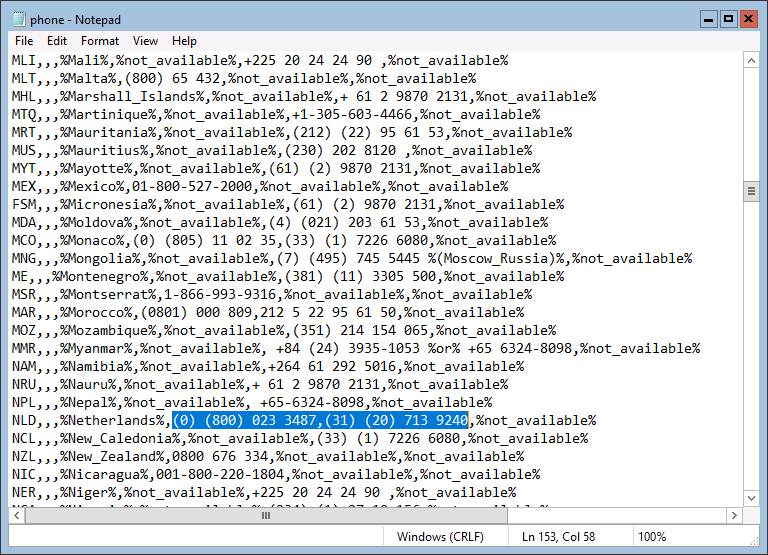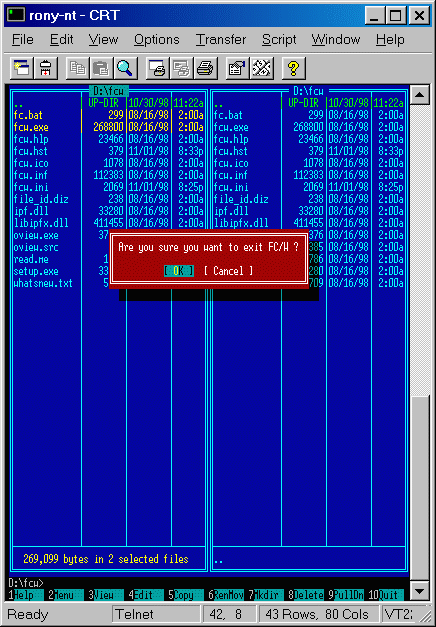

- #Server 2003 kms client key how to
- #Server 2003 kms client key update
- #Server 2003 kms client key software
- #Server 2003 kms client key windows
Setting this registry value suspends the KMS host’s default behavior of publishing only in the domain specified as the Primary DNS Suffix.Optionally, add priority and weight parameters to the DnsDomainPublishList registry value for KMS.

If there is more than one DNS domain name, a list of DNS domains can be created for a KMS host to use when publishing its SRV RR. If the network environment has only one DNS domain, no further action is required. Publish to Multiple DNS Domainsīy default, the KMS host is registered only in the DNS domain to which the host belongs. To do so, create a security group in Active Directory, give that group permission to change the SRV records, and then add the delegates. Set the permissions for the SRV group to allow updates by members of the global security group.Ī domain administrator can delegate the ability to carry out the preceding steps to administrators in the organization. In this case, manually create the SRV resource record as the section “Manually Create SRV Records in DNS” describes. If the first KMS host is unable to create the SRV resource record, it may be because your organization has changed the default permissions. Once the first KMS host is created, it will create the original SRV record.

They must all be joined to the same domain. An example is Key Management Service Group.Add each of your KMS hosts to this group. It does not give detailed steps, which might be different from one organization to another, and it is not the only way to achieve the desired resultĬreate a global security group in Active Directory® that will be used for your KMS hosts. The following high-level procedure is an example from Microsoft’s own environment.
#Server 2003 kms client key update
However, if you have more than one KMS host (the usual case), the other hosts will be unable to update the SRV resource record unless SRV default permissions are changed. The default behavior is to allow a computer to create an SRV resource record and then update it. If you are using only one KMS host, you might not need to configure permissions in DNS. Change the Default DNS Permissions for SRV Records To manually add SRV resource records for KMS hosts, see the sections “Manually Create SRV Records in DNS,” “Manually Create SRV Records in a BIND 8.2 or Higher DNS Server,” and “Disable Publishing of KMS SRV Records to DNS.”ĭNS changes might not be reflected until all DNS servers have been replicated. To enable KMS clients using different DNS servers to find KMS hosts, see the section “Publish to Multiple DNS Domains.” If more than one KMS host is used, see the section “Change the Default DNS Permissions for SRV Records.” The following sections describe concepts for configuring DNS to work with Volume Activation:

The remainder of this section describes the following key tasks: IT pros modify the registry at their own risk. Microsoft cannot guarantee that these problems can be resolved. Problems can occur if the registry is modified incorrectly by using Registry Editor or another method, and these problems might require reinstalling the operating system. The following event was shown when communication to the KMS server was allowed:Some procedures in this section require changing the registry.
#Server 2003 kms client key windows
All rights reserved.Īctivating Windows Server(R), ServerStandard edition.On a computer running Microsoft Windows non-core edition, run ‘slui.exe 0x2a 0x8007007B’ to display the error text. Microsoft (R) Windows Script Host Version 5.8Ĭopyright (C) Microsoft Corporation. The following event was shown where no communication was allowed to the KMS server:Ĭ:\Windows\System32>cscript slmgr.vbs /ato
#Server 2003 kms client key software
Software Protection will receive the activation or renew its current one.“C:\Windows\System32>cscript slmgr.vbs /ato” command to activate the client.Open firewall from KMS source clients to the central KMS server on TCP port 1688.If no DNS server is available, add new HOSTS entry to allow IP to FQDN resolution Make sure the KMS client can reach the server by FQDN.
#Server 2003 kms client key how to
How to enable Windows KMS client behind a firewall? I am using default configuration for KMS infrastructure and TCP 1688 port was used for communication. I used TCPView.exe to see which network packets didn’t come through and were dropped with SYN_SENT event. Event ID 12288 Security-SPP: The client has sent an activation request to the key management service machine.Īfter looking at some events and trying the “C:\Windows\System32>cscript slmgr.vbs /ato” command I soon realized that the KMS client communication was blocked.


 0 kommentar(er)
0 kommentar(er)
